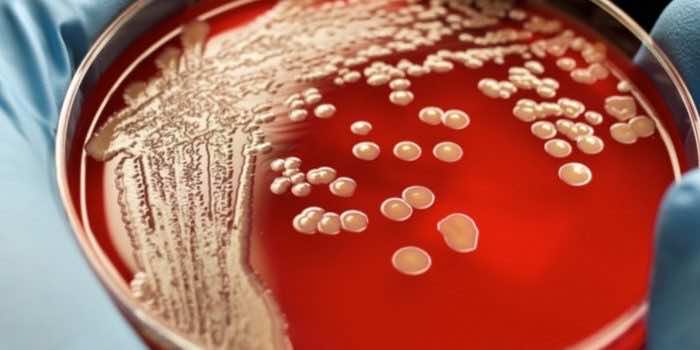Scientists have discovered a new bacterium, Thiomargarita magnifica which is 50 times bigger than the previously known biggest bacteria. It was first discovered in a mangrove swamp in Guadeloupe, Lesser Antilles.
“We are reporting a new species of a giant bacteria… that forms filaments up to 20,000 micrometers long,” marine microbiologist Jean-Marie Volland told reporters at a press conference on Tuesday. “They are by far the largest bacteria known today. The average length of a single cell is about one centimeter,” he said. T. magnifica is the size and shape of an eyelash “yet it is a single bacterial cell.”
Researchers have been asking anatomical questions about other types of “giant” bacteria. It turns out that T. magnifica can be of help. In a related article published alongside the new research, cellular biologist Petra Anne Levin explains that “[f]or large cells, the diffusion of molecules is likely a primary challenge.” Eukaryotic cells have organelles to speed along important tasks like sending messages and moving materials, but bacteria don’t have those tools. She writes that this discovery “helps to solve the puzzle of what factors limit cell size.”
Research on the organism showed that T. magnifica has developed some unusual anatomy, including a unique and unprecedented organelle. “Instead of having their DNA floating freely in their cytoplasm, these giant cells have their DNA inside small, membrane-bound compartments,” Volland says. “These compartments represent a new type of bacterial organism that we named ‘pepins,’ which means, in French, the small seeds in fruits,” he says.

“Until now, the packing of a cell’s DNA inside of membrane-bound organelles was considered to be strictly limited to the eukaryotic cells, which are the building blocks of organisms such as humans, other animals, or plants,” Volland says. “T. magnifica is, therefore, a fascinating example of a bacterium that has evolved a higher level of complexity.”
T. magnifica is not harmful to humans.


